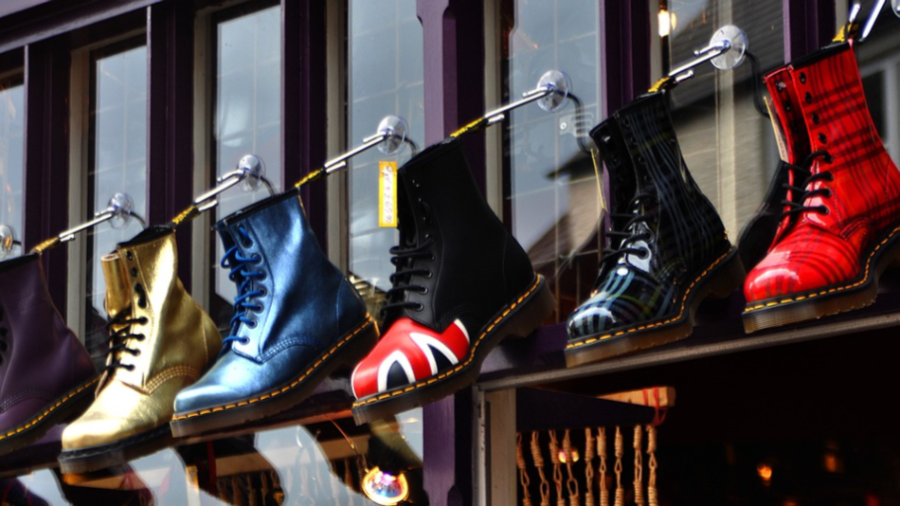Footwear Price Inflation
March 17, 2022
Over the past decade, teens have gone from Old School Vans to Converse to Nike Air Force 1s. However, the past two years have centered around a spiking interest in Nike’s Air Jordan 1s and Dunk Lows. This increased attention has also spiked the prices for these shoes, putting most of them at over $400. Sneaker price inflation spreads across most shoe brands recently, not only Nike sneakers.
Pitman High School student Alonso Stephens, my influence for this article, has been presenting to me his struggle as shoe prices continue to grow. He explained that he and his dad have always invested in name brand shoes such as Jordans, but recently it’s been difficult to afford multiple or even one pair of shoes in today’s market. Of course he understands that over the past couple of years, we’ve seen a grave increase in costs for most household products, foods, and clothing items; however, he didn’t understand the reason why.
Before diving into the reasoning behind this spiral in sneaker costs, it’s important to realize how much the markets have been changing. Overall, shoe prices have gone up by 6.5%, with womens by 4.9%, kids by 11.9%, and mens by 5.5%. This is the largest shoe price spike known in the footwear market in the last 2-3 decades, as it really started around July of 2021.
As previously stated, the escalated demand for name brand sneakers is one reason for the outrageous prices. It also undoubtedly has to do with the import charges and issues between China and the US. Footwear import charges alone have reached $146.3 million as of August of 2021. These prices have continued to increase since February of the same year, and are still climbing up the ladder.
Along with these import charges comes the increase in container costs. In comparison to the beginning of the pandemic, container rates have surged to 500% more than before; which is just another reason why the customer would be paying so much more, and the retailers would be making a lower profit.
In other words, this swell in costs is so that retail companies can gain the same amount of profit as before, even if it means that there might be less customers interested in their products. Higher wages for retail workers also have a great impact on the prices set by companies. Most retail workers now earn close to $22.30 per hour instead of $16-20.
Another reason is that there are limits in plastic and rubber, which are two of the most crucial products for shoes. There’s also been countless factory shutdowns and labor shortages throughout the pandemic. The slower plastic production is due to the shutdown of many oil and gas refining plants. Plastic production is confronting the same issues as the entire footwear industry with import and container costs.
A well known footwear company on campus, Doc Martens, has decided to add £10 to its price by the end of summer 2022, which is close to 13 US dollars. The company explains that the costs in raw materials and transportation, as previously explained, has driven to increase their prices for each pair of shoes.
I met again with Stephens to go over the reasons I’ve found behind this price inflation, and he responded with one last question; “Is it necessary for big companies to increase their prices if they have such high profits already?”
Going back to Doc Martens, the company has become widely recognized for their products, as “a night out on the town” shoes have changed from heels to a cute Doc Martens wedge! This constant demand has ensured the company a stable place in their sales, so their prices only have to do with the inflation of every product necessary to get the shoe to the buyer. Meaning that big companies are still making a huge profit off of their products, so to the customers perspective it isn’t fair at all. On the other hand, if every other company from any market or industry has raised their prices due to increased prices for necessary commodities, then of course big companies have the right to increase prices as well. Same goes for Nike as they have publicly mentioned to their customers that prices will be rising here soon even though their profits have increased 23%.
